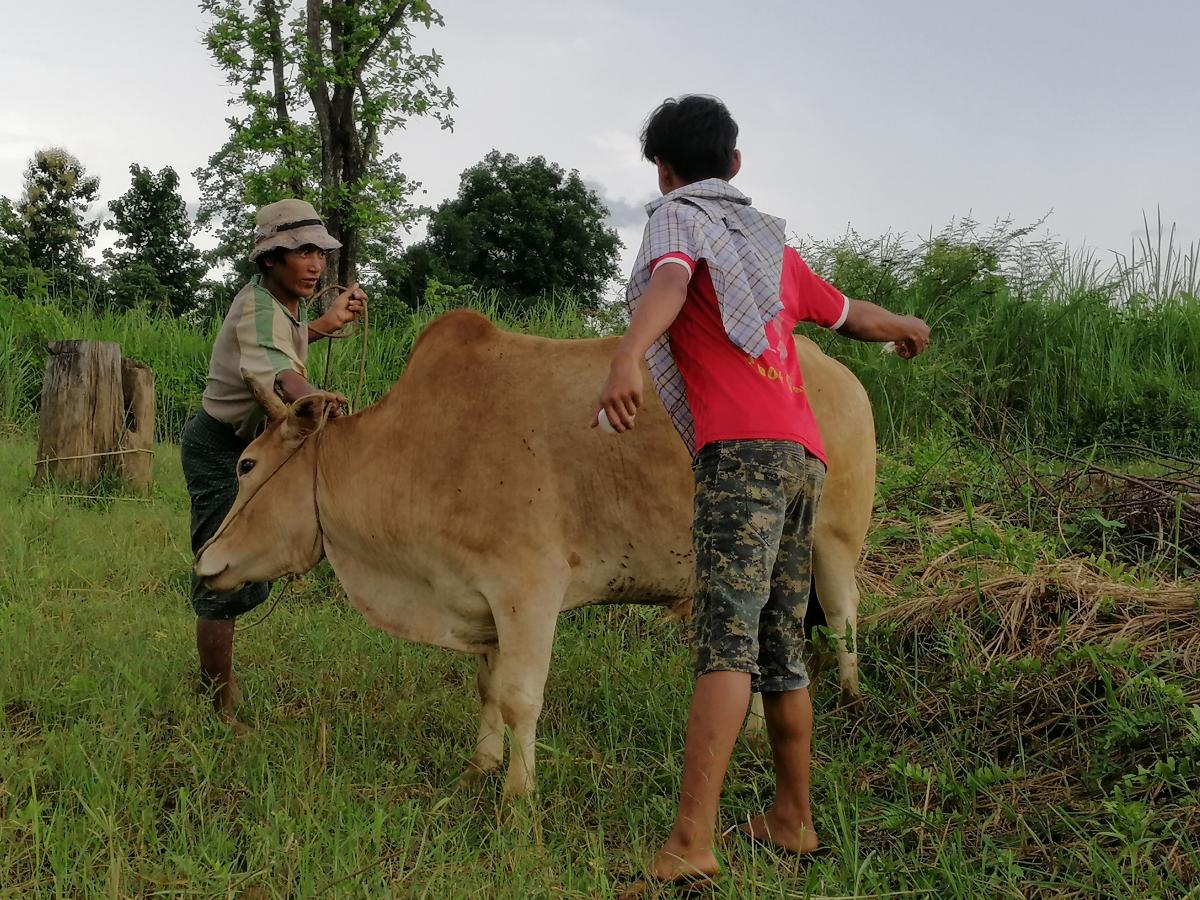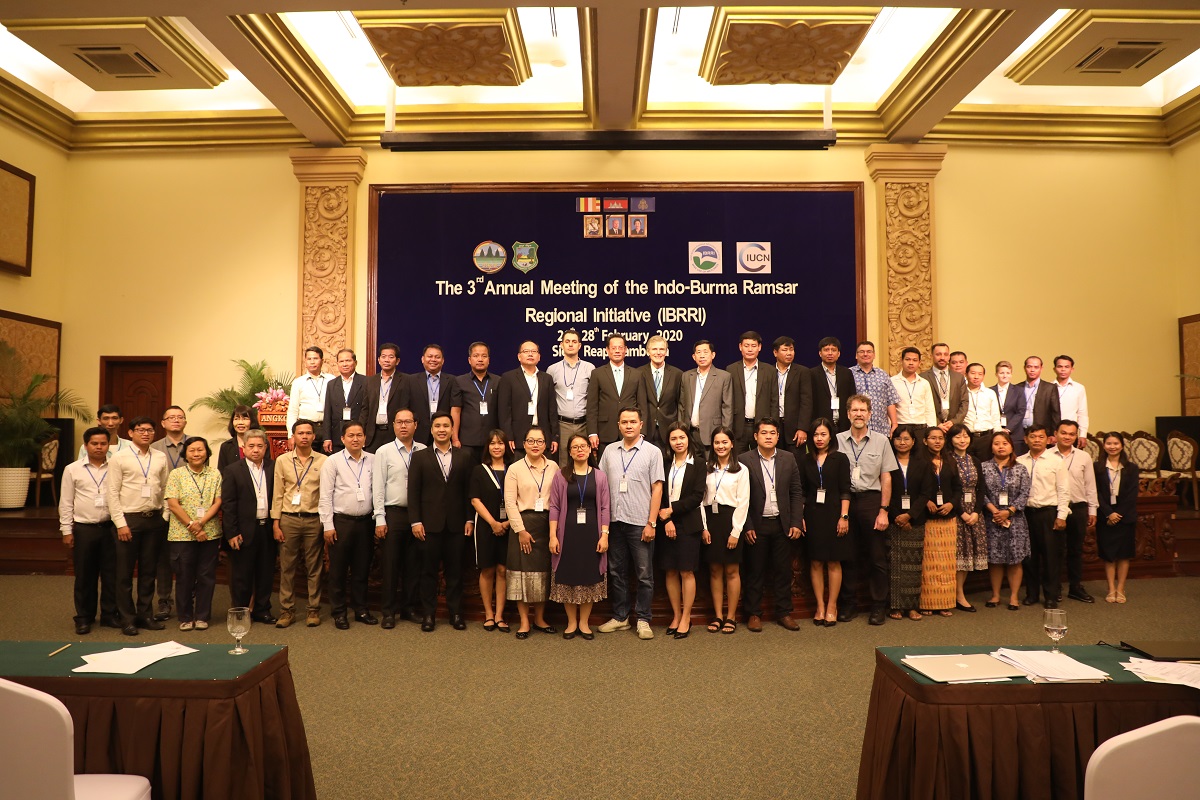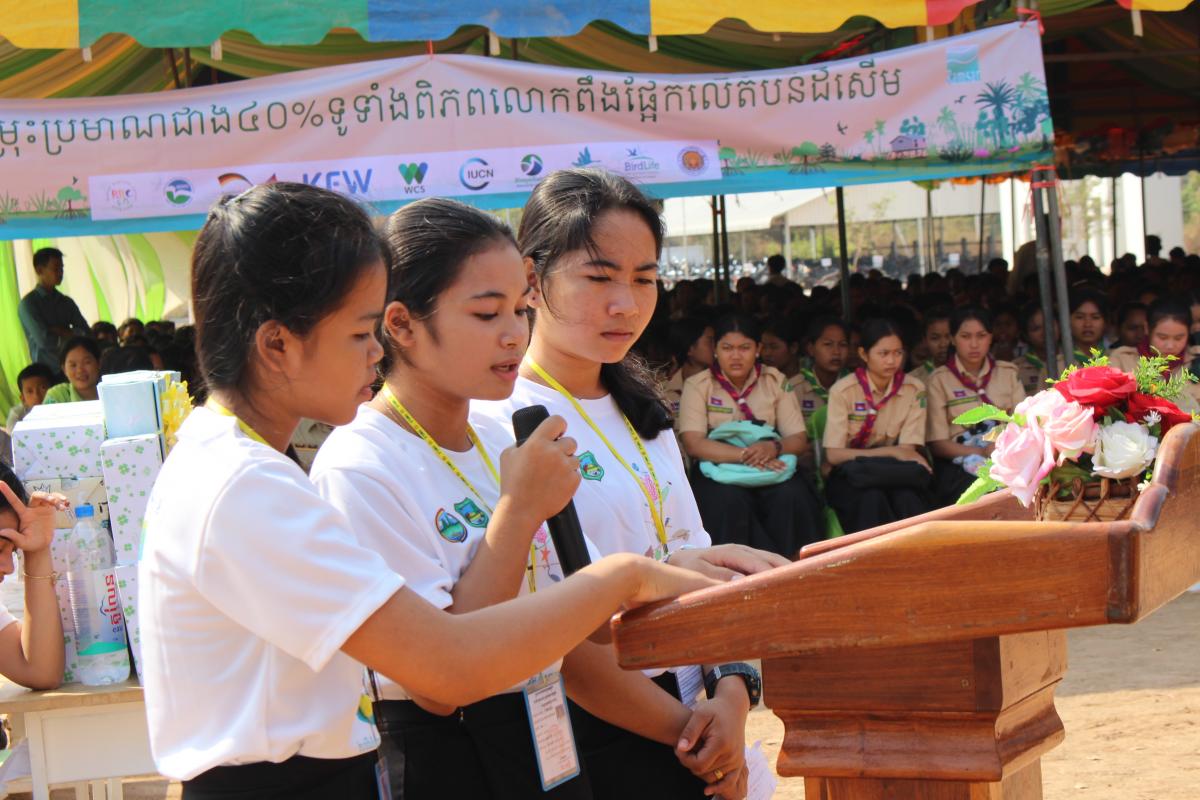Vaccination programme for domestic animals in Myanmar
Under the IUCN KFW project titled “Restoring tiger and prey populations in northern Myanmar through protection and enhancing livelihoods of local communities in the Myanmar-India Transboundary Tiger Conservation Landscape”, this vaccination program enhances community livelihood through the protection of community property. More than 3'000 animals over 32 villages could be successfully vaccinated after its implementation.

Photo: WCS Myanmar
Htamanthi Wildlife Sanctuary in Northwestern Myanmar is the main portion of the project site in Myanmar, and the project area is fortunately located in the Tiger Conservation Landscape 37. The sanctuary has officially received ASEAN Heritage Park in late 2019 for its biologically uniqueness and diversity and management effectiveness through community participation.
In the project area, the local community faces annual seasonal outbreaks for their domestic animals on the one hand, and on the other, the community has been crossing PA to carry domestic animals. This might present serious threats to tiger conservation because domestic diseases could infect ungulate species such as wild pig, barking deer, sambar deer and gaur, which are the tigers’ main prey. Implementing a vaccination program is therefore like shooting two birds with one stone: the programme will protect community property while saving wildlife from infection. After the project is terminated, a follow up vaccination programme for local communities near Htamanthi Wildlife Sanctuary is being developed.
Diseases: Different types of diseases the local community has faced are Blackleg Disease, Foot-and-mouth Disease (HMD) and Haemorrhagic Septicaemia (HS).
Collaboration: In collaboration with government line departments such as the Department of Livestock and Veterinary, the Forest Department (Nature and Wildlife Conservation Division) and the General Administration Department, the vaccination programme has successfully been implemented in villages.
Constraints: Some villages are located in very remote areas in order to be successfully implemented in the programme. Most of the domestic animals are difficult to vaccinate due to their free ranging grazing system. In the future, it would be an advantage to change their system for proper management.
Value: The program could protect more than 3,000 domestic animals from 32 different villages from seasonal outbreaks. The local market value of a domestic cow is approximately MMK 6.5 Lakhs/ individuals ($ 450), and cattle are on average MMK 8.0 Lakhs/ individual ($ 550.0). It should be continued annually to save tigers and associated species, and to protect community property.
Acknowledgements: IUCN KFW for their generous support, the Forest Department for permission, the local community for their participation
The Wildlife Conservation Society saves wildlife and wild places worldwide. We do so through science, global conservation, education and the management of the world's largest system of urban wildlife parks, led by the flagship New York Bronx Zoo.



